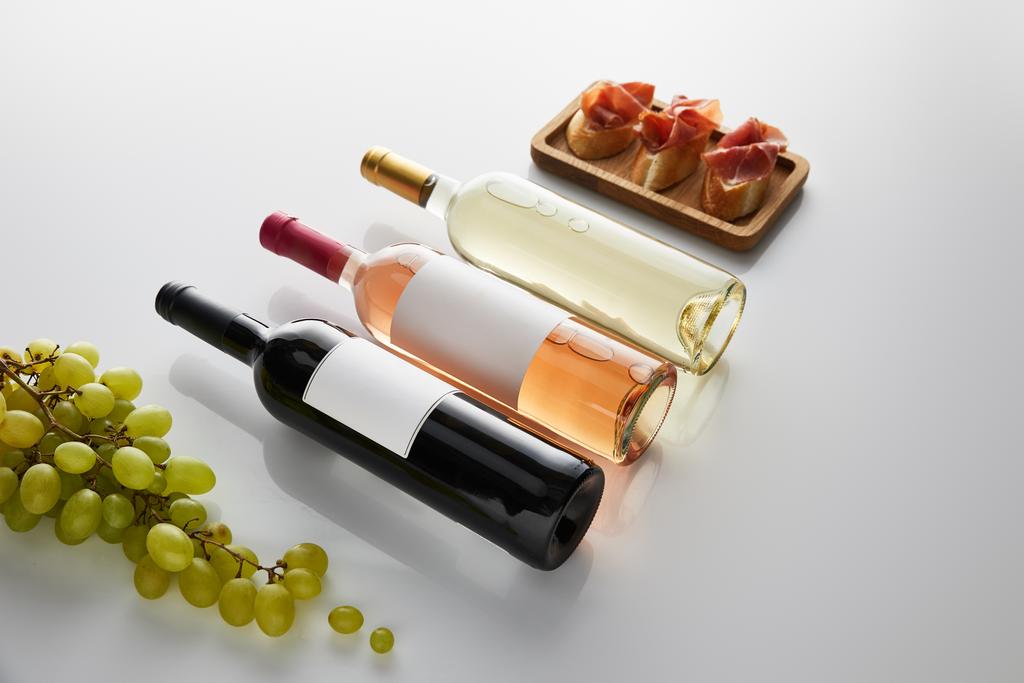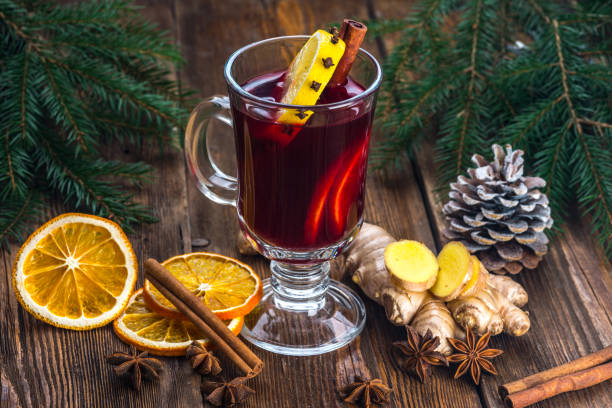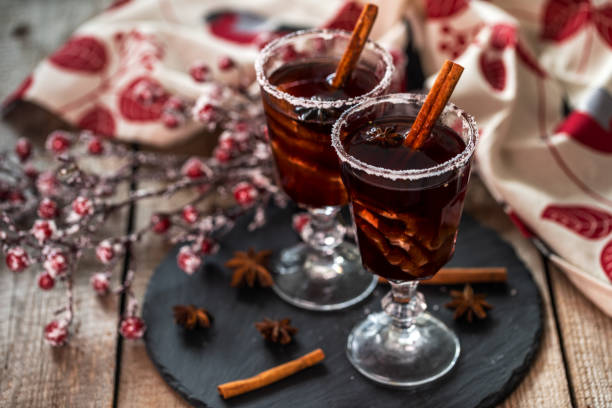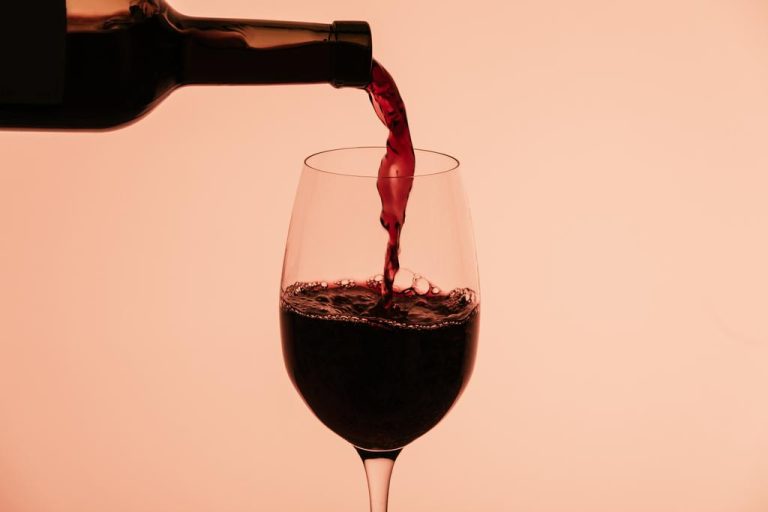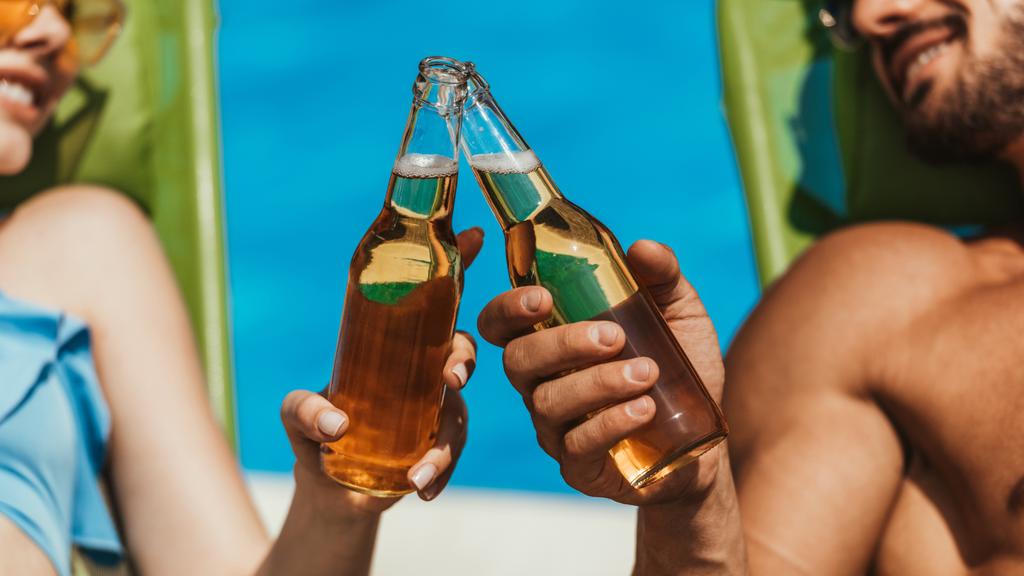Clever tips for making wine and instructions for making wine yourself. Become your own winemaker now and become a hobby winemaker.
The vines have also crept into private gardens for a long time, and so many people dream of not only harvesting the grapes in autumn but also of making their own real wine. It’s not about big business, but simply about enjoyment and of course the pride when you can serve the house wine to your guests.
But what do you need to make your own wine?
Not only grapes are suitable for making wine yourself, but strawberries, elderberries, plums, or blackberries can also be processed into a bottle of delicious wine. You also need sugar, yeast, and antigen. The last two ingredients are available at drugstores and are used to stimulate the fermentation process and prevent the fruit from gelling during production and leaving you with jam instead of wine. The last ingredient is caloumpyrosulfite, which is also available in drugstores.

The best way to benefit here with regard to application and dosage is from the advice of the local experts. But the right equipment is also important, which is usually already available in the household: a scale, a thermometer to check the fermentation temperature, a few bowls, and buckets, and a funnel. You also need a fermentation lock and a fermentation tube, as well as a filter cloth and a fermentation container.
Your own wine production can start
The fruit must be cleaned, pitted, and stoned before it is chopped up in the food processor or immersion blender. It is also important that all rotten spots have been removed, as these can lead to an unpleasant aftertaste. For about one liter of wine, you need two kilograms of fruit and add two and a half liters of water. The mixture is heated to fifty degrees and mixed with the anti-gel and left to rest for a day. This resting period is important for the fermentation process, even if you can hardly wait for your own wine.
For one liter of wine, you need two grams of yeast nutrient salt, half a gram of potassium pyrosulfite, and one and a half kilograms of sugar. Now the fermentation process continues, but this time a temperature of twelve to eighteen degrees is ideal. Finally, the house wine can be poured out of the fermentation vessel into bottles with a funnel and corked.
- Accessories for wine making
- A fermentation vessel made of plastic or glass
- A cover for the fermentation vessel
- A fermenter
- A suction hose
- A precisely tuned scale
- A vinometer is used to measure the alcohol content of wine
- sugar
- citric or lactic acid
- yeast nutrient salt
- Pure, liquid yeast (not to be confused with the common baker’s yeast)
- lime
- potassium pyrosulfite
Whole wine-making sets are great for the first time, but they’re only worth buying if you plan on making wine more than once. The accessories, which you don’t have in the household anyway, are not cheap, but careful use is very important to get a tasty result.
Winemaking tips and tricks
There are a few points that you absolutely have to consider in order to be satisfied with your own wine afterward. This includes working very precisely and hygienically, starting with the preparation of the fruit. The ingredients should also not be weighed roughly, but really carefully.

There are two types of winemaking: Maceration, described above, which uses all the fruit in a pureed form. This process is easier and the wine also gets a great color. Juice fermentation uses only fruit juice, which requires a good press. No bitter substances or other flavor influences can form and the finished wine has lighter color. This type is not suitable for some types of fruit, such as bananas.
Variants for experienced hobby winemakers
Changing the type of fruit suddenly results in a completely different wine and enjoyment, so we encourage experimentation as the process itself remains the same. Have fun! In addition, note how you can make bottle corks fit and our tips for a perfect party, maybe even with your own wine.





